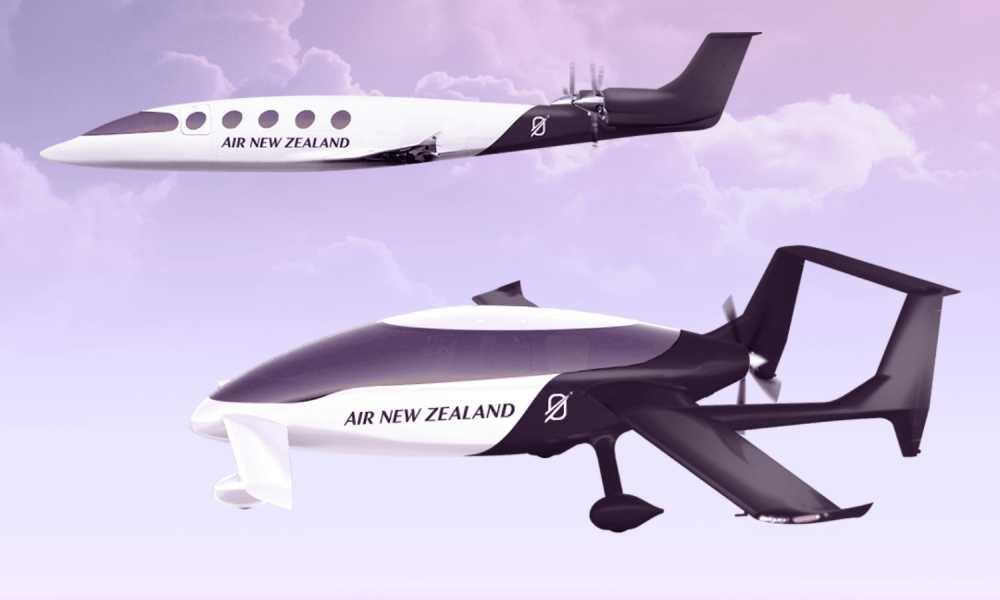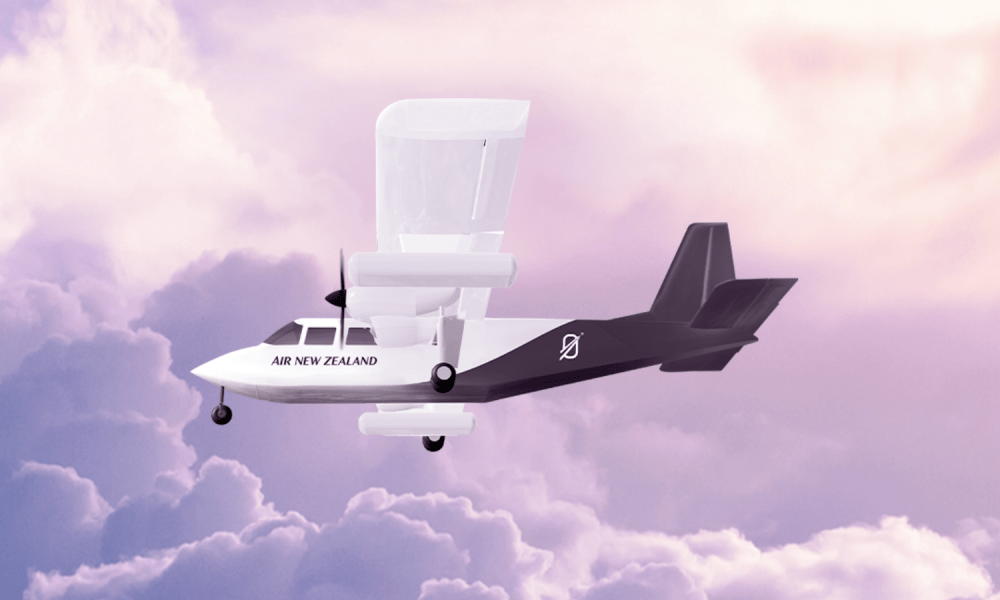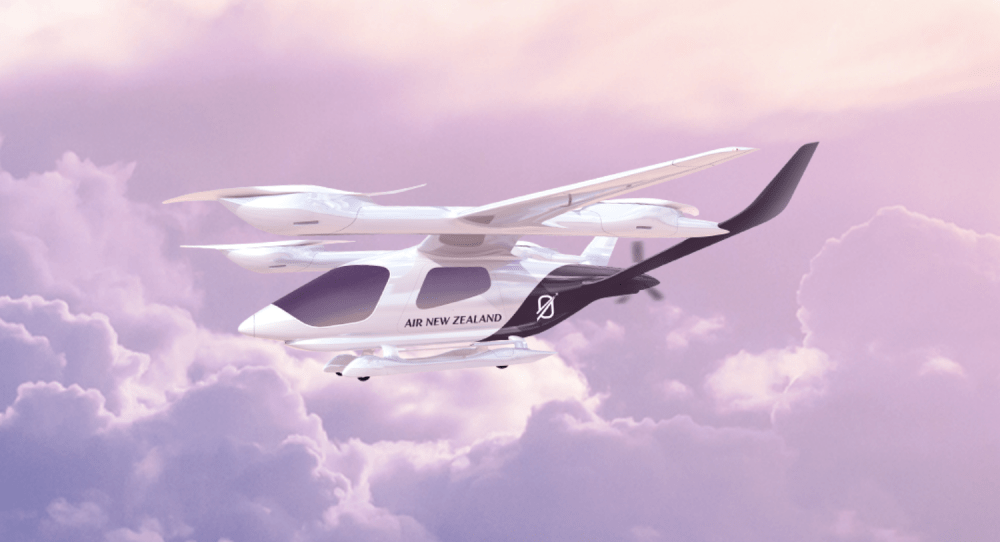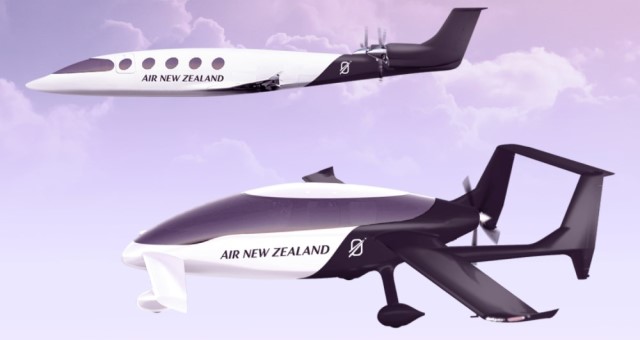Air New Zealand has announced four world-leading innovators it will be working with on its mission to have its first zero emissions demonstrator flight – either cargo or passenger – take to the skies from 2026.
A combination of electric, green hydrogen, and hybrid aircraft, these partners will work alongside Air New Zealand over the coming years to focus on developing the technology and associated infrastructure required to make flying these aircraft in New Zealand a reality.
These partnerships involve Air New Zealand signing a “statement of intent to order”, a document which demonstrates its ambition to acquire three aircraft initially, with further options for 20, from one or more of the partners subject to an evaluation process.

Air New Zealand Chief Executive Officer Greg Foran said the airline selected these partners based on the stage they are at in their aircraft development journey and their shared goal of starting now to take ambitious action on climate change.
“Mission NextGen Aircraft is not about backing one innovator,” he said. “It’s about working with a range of leaders in zero emissions aircraft technology to help move the whole ecosystem along.
“Our goal is to confirm our commitment with one or more of these partners in the next 12 months with the ambition of purchasing an aircraft for delivery from 2026.

“The learnings we will take from flying an aircraft with next generation propulsion technology from 2026 will then pave the way for our long-term partners to deliver an aircraft that can replace our Q300 turbo prop domestic fleet.
“Getting a zero emissions aircraft off the ground by 2026 is going to be challenging. But we’re incredibly ambitious – because we need to be.”
To further understand the infrastructure required to fly green-hydrogen aircraft, the airline has also signed a strategic alliance agreement with Hiringa Energy, a New Zealand based green-hydrogen supply and refueling infrastructure company.

“While the aircraft play a pivotal role, infrastructure partners are just as important. Through this agreement we will explore the future green hydrogen supply solutions for our commercial demonstrator ambitions with a focus on ensuring any solutions we create to meet our 2026 goal are also building a platform for a larger next generation fleet from the 2030s,” Foran said.
While zero emissions aircraft technology will help decarbonise the airline’s domestic network over the period to 2050, Sustainable Aviation Fuel (SAF) is important in the near term for the long-haul fleet.
SAF is a ‘drop in’ fuel which can power current aircraft, so it can reduce emissions for long haul travel and domestic flights while the airline continues to operate conventional aircraft. The inputs and processes used to make SAF result in lower lifecycle emissions than fossil jet, with the opportunity to generate significant CO2 savings.

